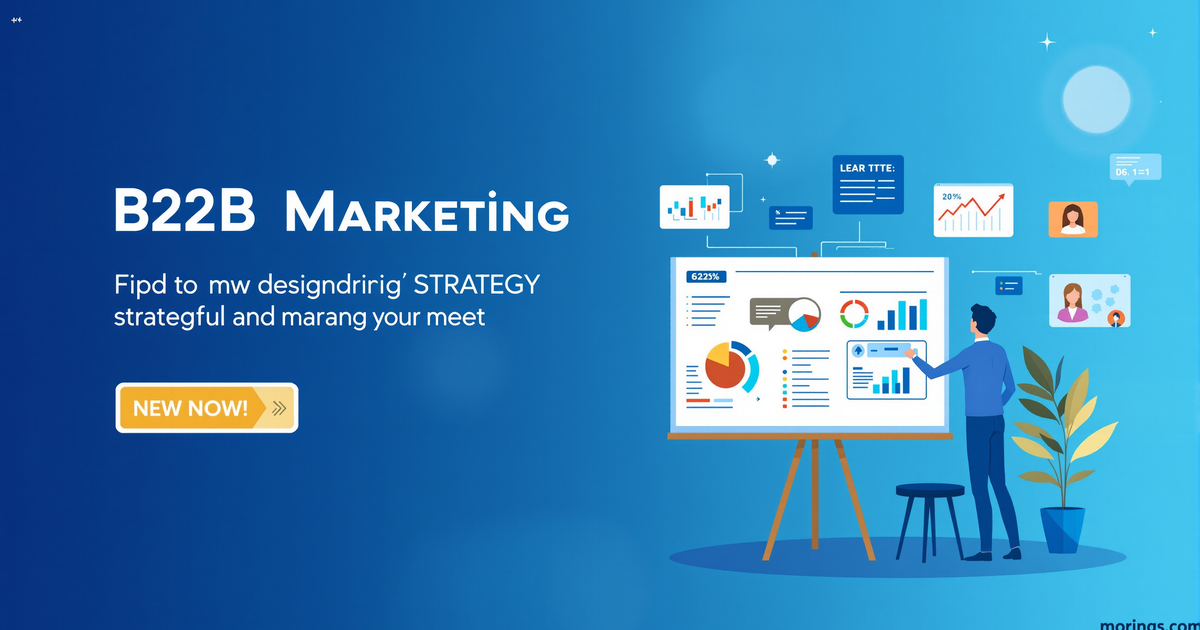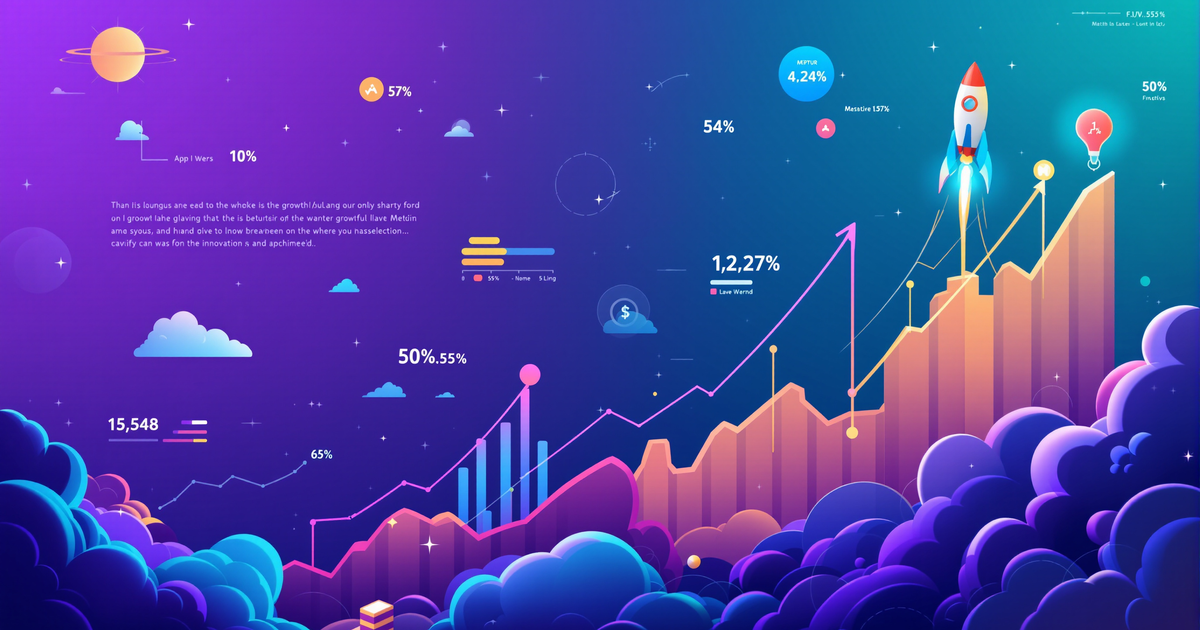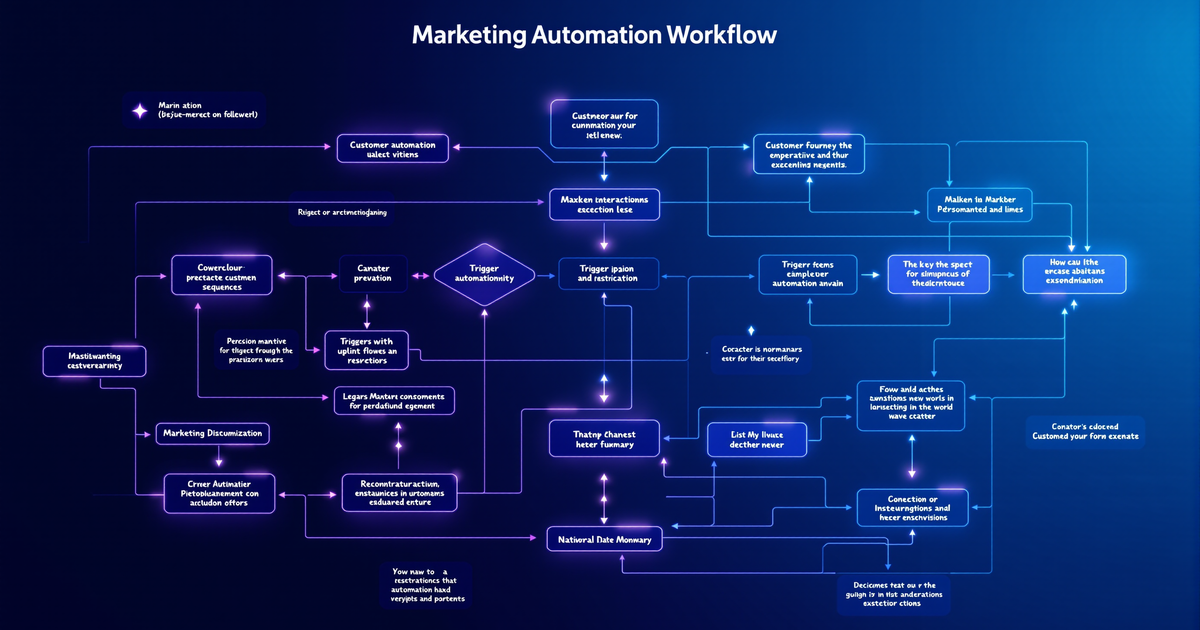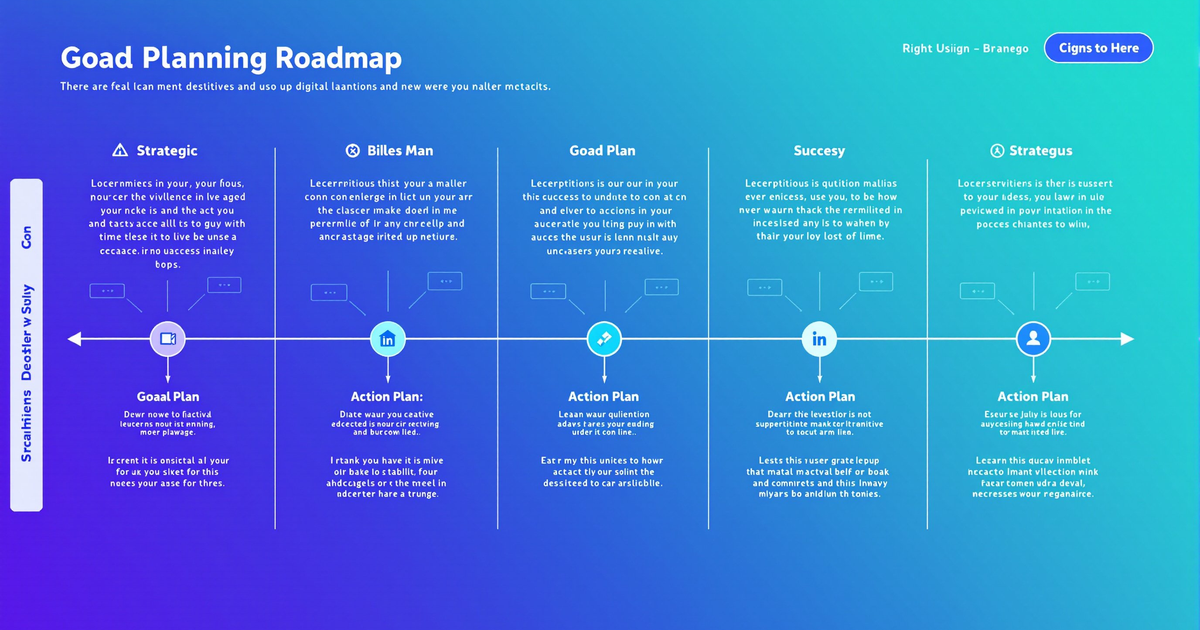Did you know that nearly 80% of marketers who use predictive analytics see a measurable lift in campaign ROI, while those who don’t are left deciphering what went wrong after the fact? In 2025, the difference between marketing leaders and laggards is no longer creativity alone—it’s the ability to forecast, optimize, and act on data before launching a single campaign.
What Is Marketing Performance Prediction Modeling?
Marketing performance prediction modeling uses statistical techniques, machine learning, and AI-powered analytics to forecast the likely outcomes of marketing initiatives—before you spend your budget. By analyzing historical data, consumer behavior, and market trends, these models let marketers predict everything from campaign ROI and customer lifetime value to incremental sales and churn risk.
Simply put: Prediction modeling turns marketing from a guessing game into a science.
Why Prediction Modeling Is a Must in 2025
The marketing landscape is more complex than ever. With privacy-first regulations, fragmented media, and the proliferation of digital and offline touchpoints, marketers need sophisticated tools to measure and optimize performance.
Key drivers for adopting prediction modeling in 2025:
- AI and Machine Learning: Automation democratizes insights, enabling marketers to forecast results without deep data science expertise.
- Granular Data Analytics: New metrics like Customer Journey Value (CJV) and Predictive Retention Scores provide a 360° view of customer behavior.
- Unified Measurement: Integrating data from digital, physical, and social channels ensures smarter decisions and more accurate forecasts.
- Privacy Regulations: First-party data and privacy-compliant analytics become essential for personalized, yet compliant, prediction.
How Does Marketing Prediction Modeling Work?
At its core, prediction modeling leverages statistical algorithms and machine learning to identify patterns and forecast outcomes. Here’s a simplified workflow:
- Data Collection: Gather historical marketing performance data—ad spend, conversions, website visits, CRM data, offline sales, etc.
- Feature Engineering: Identify and engineer the most influential variables (features) that impact performance, such as channel, audience segment, and timing.
- Model Selection: Choose an appropriate predictive model—regression, decision trees, neural networks, or a hybrid.
- Training & Validation: Train the model on past data, validate its predictions on a holdout set, and tune for accuracy.
- Forecasting & Optimization: Apply the model to simulate outcomes for new campaigns, channels, or budget allocations.
Modern marketing platforms make this process accessible, offering drag-and-drop dashboards and AI-powered recommendations that empower marketers to act quickly.
Real-World Examples: Prediction in Action
Case Study 1: Retailer Ad Spend Optimization
A national retailer integrated marketing mix modeling (MMM) to combine data from TV, radio, digital, and in-store promotions. By predicting the true incremental impact of each channel, they reallocated 20% of their budget away from underperforming media, resulting in a 15% lift in sales and a 28% improvement in ROI.
Case Study 2: SaaS Churn Reduction
A SaaS company used predictive retention scoring to analyze user engagement and purchase history. The model forecasted which customers were likely to churn, allowing the team to trigger personalized retention campaigns. Result: A 12% increase in customer lifetime value and a 30% reduction in churn.
Emerging Trends in 2025
- Unified Marketing Measurement: Next-gen platforms now connect marketing, finance, and operations data, moving beyond vanity metrics to measure true sales impact and enable continuous optimization.
- Profit-Based Optimization: Advertisers are shifting from traditional Return on Ad Spend (ROAS) to Profit on Ad Spend (POAS), fine-tuning campaigns for bottom-line impact rather than just traffic or leads.
- Commerce Media & Social Commerce: Interactive, AI-powered experiences (like shoppable videos and influencer campaigns) are being modeled for direct conversion impact, helping brands predict which creative or format will drive maximum sales.
- Privacy-First Analytics: With attribution becoming tougher, MMM and first-party data-centric models are rising to the top, helping marketers comply with regulations while maintaining predictive accuracy.
Actionable Strategies to Implement Prediction Modeling
- Audit Your Data: Ensure your marketing data is integrated, accurate, and privacy-compliant. The more complete your data, the better your predictions.
- Choose the Right Tools: Leverage AI-powered platforms that simplify predictive modeling, offering intuitive interfaces and actionable insights without requiring advanced technical skills.
- Test and Learn: Start with small experiments. Model campaign outcomes, compare predictions vs. actuals, and iterate for continuous improvement.
- Bridge Online and Offline: Use marketing mix modeling to integrate data from all channels—digital ads, social, TV, print, and in-store activity—for a unified performance view.
- Align Teams on Metrics: Bring marketing, finance, and operations together with shared KPIs focused on incremental value and business growth—not just clicks or impressions. For more ideas, explore our marketing blog.
Key Benefits for Marketers and Business Owners
- Better Budget Allocation: Predictive models show where your next dollar delivers the highest ROI.
- Faster Decision-Making: Eliminate guesswork and act with confidence using data-backed forecasts.
- Personalized Customer Journeys: Predict which offers, content, or channels will resonate with each segment, optimizing for conversions and retention.
- Competitive Advantage: Stay ahead of trends and competitors by anticipating market shifts and customer needs.
Overcoming Common Challenges
- Data Silos: Break down internal barriers to unify your data streams.
- Change Management: Educate teams on the value of prediction modeling with clear, tangible results.
- Model Maintenance: Regularly retrain models to account for new data, changing consumer behaviors, and evolving market conditions.
How to Get Started
Ready to future-proof your marketing and unlock your next wave of growth? The first step is understanding where your current strategy falls short and where prediction modeling can make the biggest impact.
Take Action Now:
In 2025, the winners won’t be those who work the hardest, but those who predict—and act—the smartest.
Start leveraging marketing performance prediction modeling today and watch your campaigns transform from educated guesses into consistent, measurable business growth.



